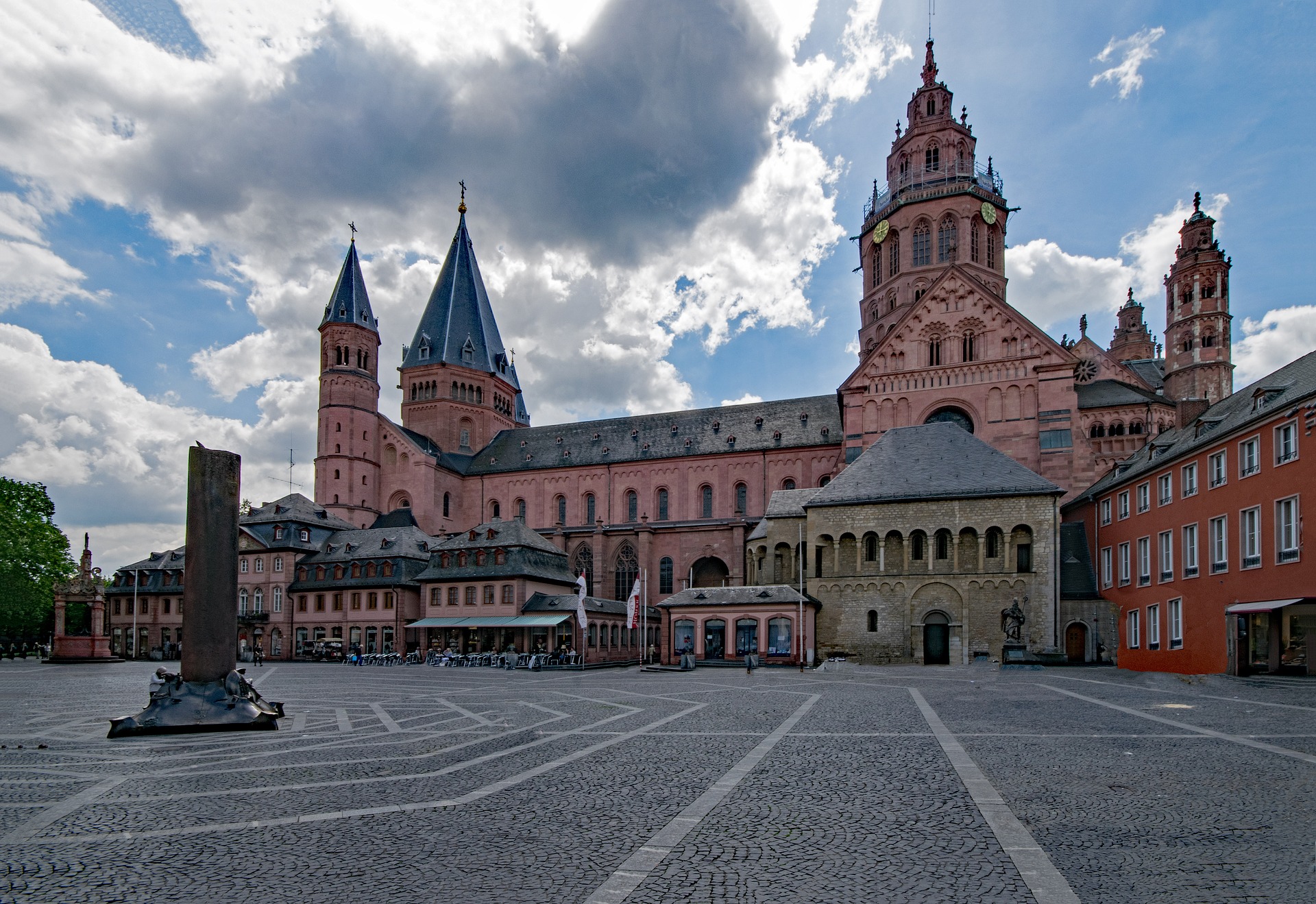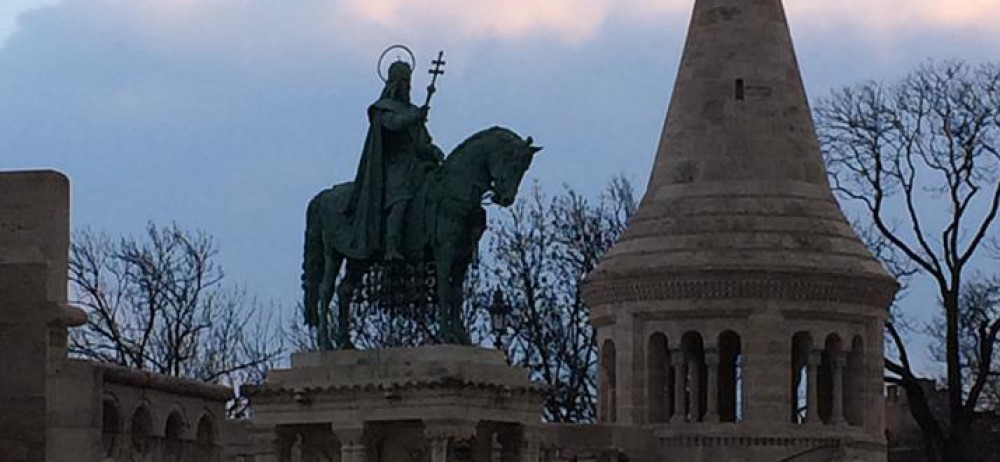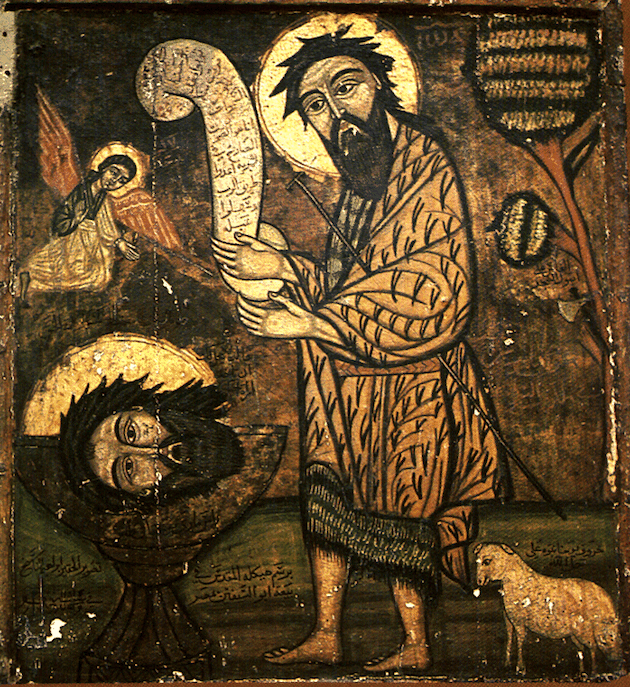
The cathedral of Mainz became the ecclesiastical center north of the Alps, through the work of St. Boniface. It acquired the title of “Holy See” during the 10th century. The columnin the plaza is from the Roman period of the area; its base is adorned with small monuments to four different periods of the city’s history.
St. Boniface of Mainz was born in England and was a leading figure in the Anglo-Saxon mission to the Germanic parts of the Frankish Empire during the 8th century. He organized significant foundations of the Church in Germany and was made archbishop of Mainz by Pope Gregory III. He was martyred on June 5, AD 754, along with 52 others, and his remains were returned to Fulda, where they rest in a sarcophagus which became a site of pilgrimage. He became the patron saint of Germania, known as the “Apostle of the Germans.”
St. Boniface is said to have been killed by pagans as he was chopping down one of the sacred trees they worshipped, thinking it was sacred to Odin or Thor. Boniface was known for cutting down the sacred trees and groves to demonstrate how powerless the old pagan gods were to defend their trees. He is sometimes given credit for inventing the Christmas tree as a further demonstration that the old gods were vanquished: not only could they not prevent the Christians from chopping down the sacred trees but the Christians were able to bring the trees indoors–something no devout pagan would ever do!–and use the trees to celebrate the birth of Christ.
The cathedral in Mainz, first built shortly after St. Boniface was killed, was one of the most important medieval churches north of the Alps. Besides Rome, the diocese of Mainz is the only diocese in the world with an episcopal see that is called a Holy See (sancta sedes). The Archbishops of Mainz traditionally were primas germaniae, the substitutes of the Pope north of the Alps. During the Middle Ages, the Archbishop of Mainz also had the right to crown German kings (and queens). The crowning in Mainz awarded the monarch the kingdom of Germany, and a subsequent in Rome granted him the Holy Roman Empire (this was simply a technical distinction). Once crowned in Mainz, the monarch had claim to rule Western Europe.
During the Nazi period, the Bishop of Mainz, Albert Stohr, formed an organization to help Jews escape from Germany.

